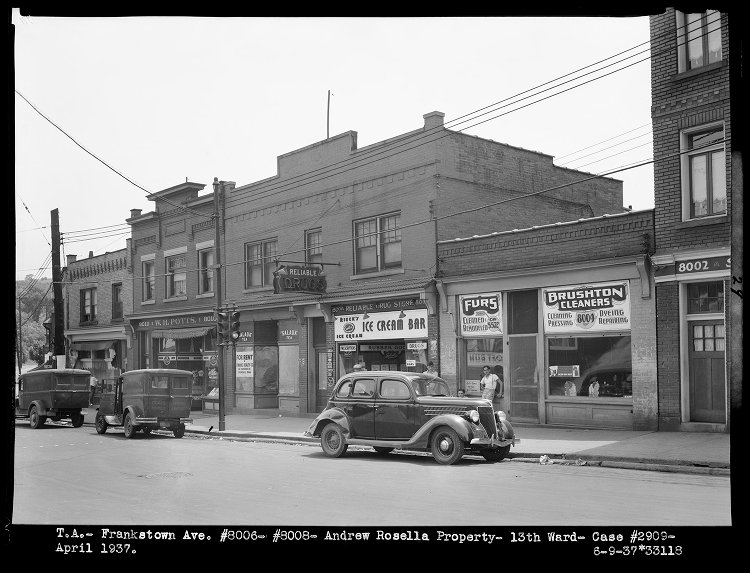 Homewood is a one- square-mile neighborhood. Once a vibrant community, it is now challenged with a vicious cycle of poverty, isolation, and disinvestment.
Homewood is a one- square-mile neighborhood. Once a vibrant community, it is now challenged with a vicious cycle of poverty, isolation, and disinvestment.
In the mid-1800s, Homewood was a destination for the most affluent citizens of Pittsburgh, especially with the advent of the Pennsylvania Railroad; the railroad offered a chance for wealthy residents to escape city living. By 1910, Homewood housed 30,000 residents and was considered a choice location. It was not until a shift in the demographics in the 1950s that Homewood became more racially and economically integrated. During this time, the city claimed land in the Lower Hill District for the Civic Arena, which displaced roughly 8,000 residents, many of whom decided to relocate to Homewood. Because the majority of these residents could not buy homes, rental apartments popped up to fill the need (Rebuilding Together Pittsburgh, 2010). The racial balance was now such that blacks outnumbered whites, leading to the phenomenon known as “white flight,” where upper and middle-class white citizens left Homewood.
